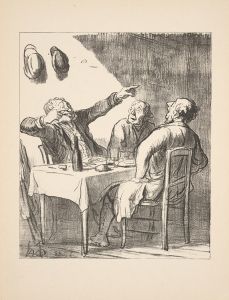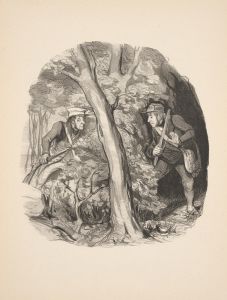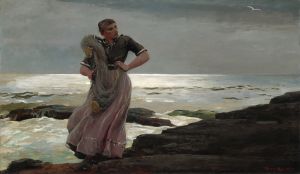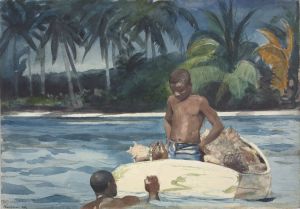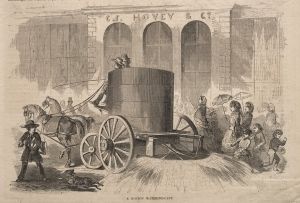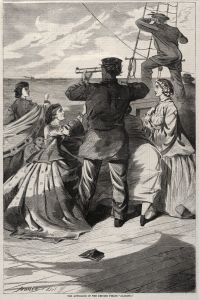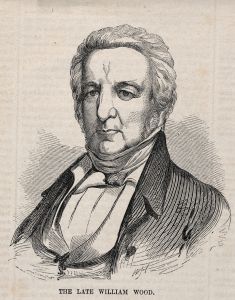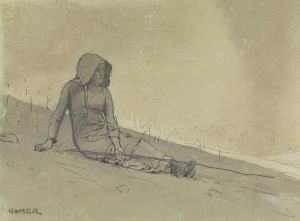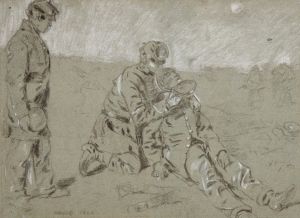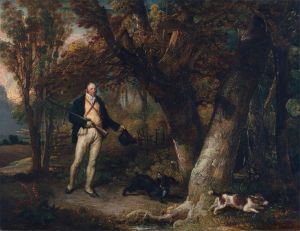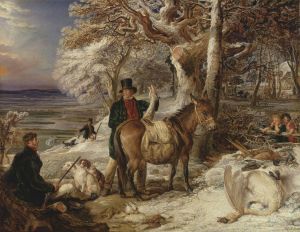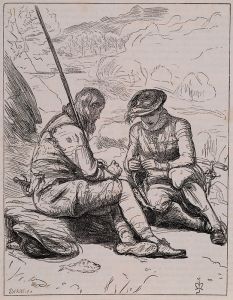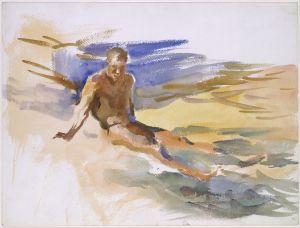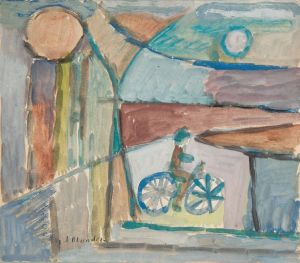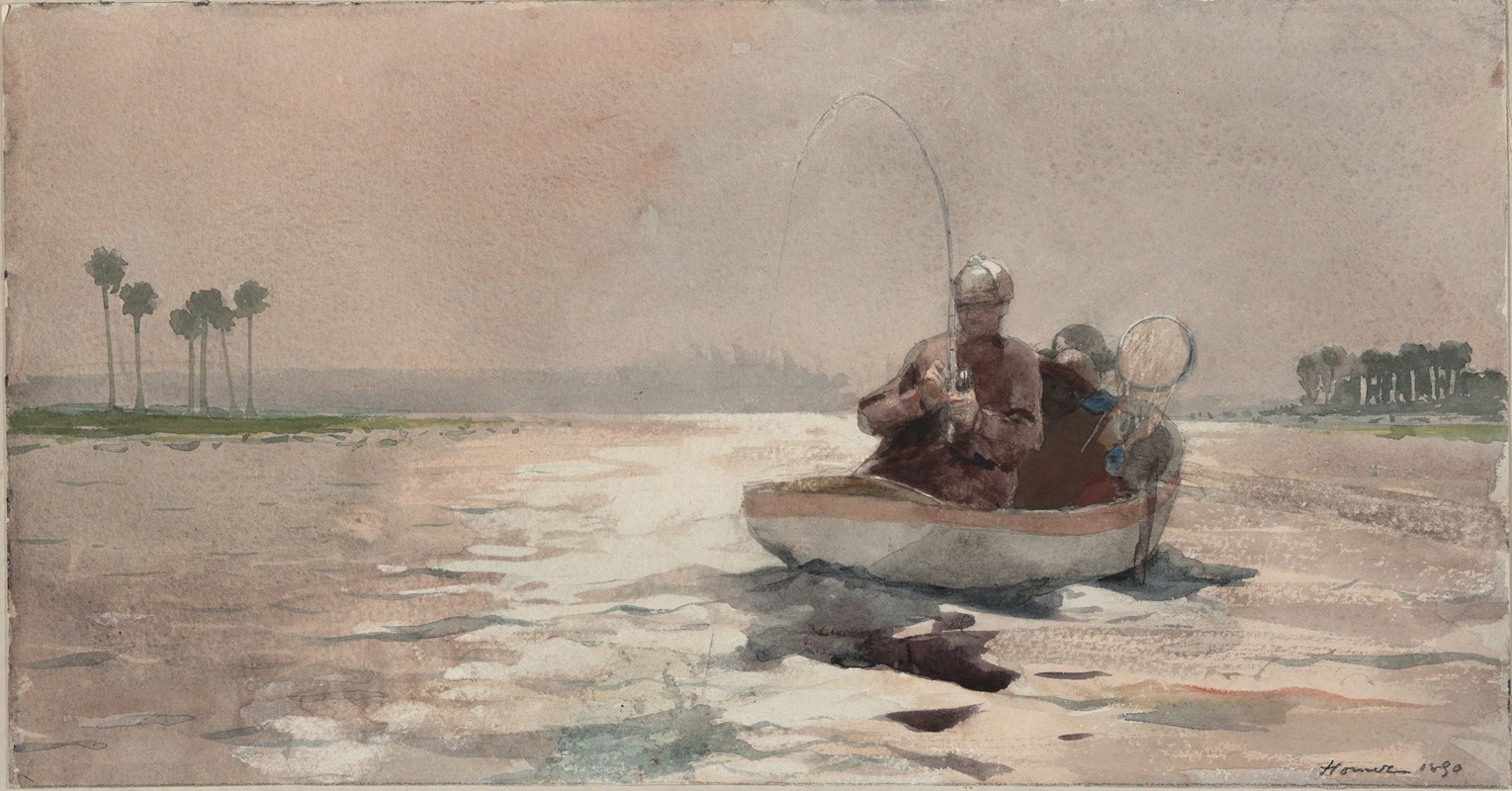
Bass Fishing – Florida
A hand-painted replica of Winslow Homer’s masterpiece Bass Fishing – Florida, meticulously crafted by professional artists to capture the true essence of the original. Each piece is created with museum-quality canvas and rare mineral pigments, carefully painted by experienced artists with delicate brushstrokes and rich, layered colors to perfectly recreate the texture of the original artwork. Unlike machine-printed reproductions, this hand-painted version brings the painting to life, infused with the artist’s emotions and skill in every stroke. Whether for personal collection or home decoration, it instantly elevates the artistic atmosphere of any space.
Winslow Homer, an American landscape painter and printmaker, is renowned for his marine subjects and depictions of American life. One of his notable works is "Bass Fishing – Florida," which reflects his fascination with the natural environment and human interaction with it. This painting is part of Homer's series of works created during his winter trips to Florida in the late 19th century.
Homer was born in 1836 in Boston, Massachusetts, and began his career as a commercial illustrator before transitioning to painting. His experiences during the Civil War as an artist-correspondent for Harper's Weekly deeply influenced his work, leading him to focus on themes of human struggle and the power of nature. By the 1880s, Homer had established himself as a leading American artist, known for his realistic and dynamic style.
"Bass Fishing – Florida" was painted during a period when Homer frequently traveled to warmer climates during the winter months. His visits to Florida, the Bahamas, and the Caribbean provided him with new subjects and settings that differed from the rugged coastlines of New England, which he often depicted. In Florida, Homer was captivated by the lush landscapes, vibrant light, and the recreational activities that were becoming popular in the region.
The painting captures a scene of bass fishing, a popular pastime in Florida's abundant freshwater lakes and rivers. Homer’s keen observation of nature and human activity is evident in the way he portrays the figures engaged in fishing, set against a backdrop of Florida's distinctive environment. The composition likely includes elements such as the expansive sky, reflective water, and native vegetation, all rendered with Homer's characteristic attention to detail and use of color.
Homer's Florida paintings, including "Bass Fishing – Florida," are celebrated for their vivid portrayal of the region's natural beauty and the leisurely pursuits of its inhabitants. These works reflect a shift in American society during the late 19th century, as outdoor recreation became increasingly popular among the middle and upper classes. Homer's ability to capture the essence of these activities, while also highlighting the unique qualities of the Florida landscape, contributes to the enduring appeal of his work.
Throughout his career, Homer was known for his ability to convey the mood and atmosphere of a scene, often using dramatic contrasts of light and shadow. His Florida paintings are no exception, showcasing his mastery of watercolor and oil techniques to create dynamic compositions that draw the viewer into the scene.
Winslow Homer continued to paint until his death in 1910, leaving behind a legacy of works that have had a lasting impact on American art. "Bass Fishing – Florida" remains an important part of this legacy, exemplifying Homer's skill in capturing the interplay between humans and nature, as well as his ability to depict the changing American landscape and lifestyle.





